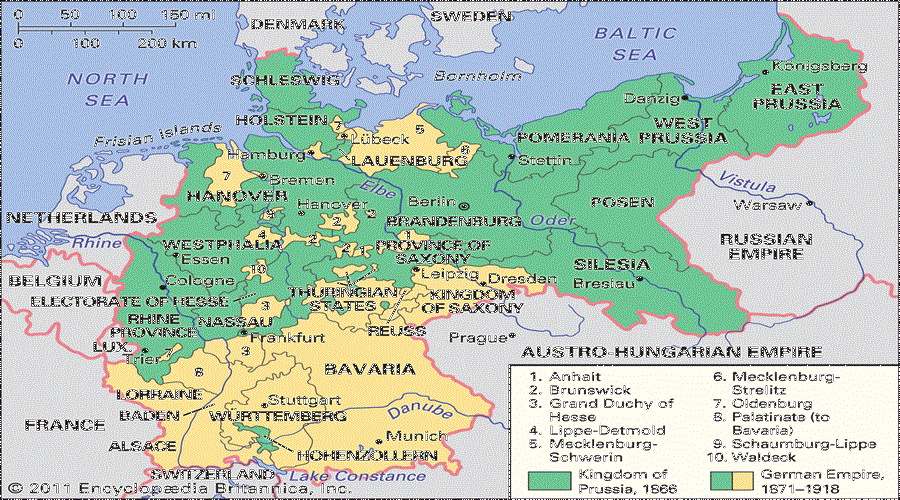The German Empire: A Comprehensive Historical Analysis

The German Empire, also known as Deutsches Kaiserreich, marked a pivotal period in European history, spanning from its establishment in 1871 to the November Revolution of 1918. This article delves into the multifaceted aspects of the German Empire, exploring its political structure, industrialization, cultural dynamics, and eventual collapse. Through a meticulous analysis, we aim to provide an in-depth understanding that surpasses existing content on the subject.
Political Landscape
The foundation of the German Empire in 1871 was a transformative moment, uniting previously fragmented states under Wilhelm I and Otto von Bismarck’s leadership. Berlin, with its historical significance, became the capital, solidifying Prussian dominance. The empire comprised 25 states, each with distinct characteristics, and a complex political structure. Prussian influence, both constitutional and demographic, underscored its hegemony.
Industrialization and Economic Ascendancy
A key facet of the German Empire’s ascendancy was its rapid industrialization from 1850 onwards. Boasting strengths in coal, iron, chemicals, and railways, Germany’s economic landscape evolved dramatically. By 1913, it emerged as the largest economy in continental Europe and the third-largest globally. The German industrial juggernaut manifested in larger and more advanced factories compared to British and French counterparts.
The German Empire’s dominance extended beyond economics into the realms of science and culture. German inventors and researchers claimed one-third of all Nobel Prizes, particularly excelling in physics and chemistry. This period saw Germany become a scientific giant, contributing significantly to global advancements.
Bismarck’s Era: Liberalism to Conservatism
Otto von Bismarck, the empire’s longest-serving Chancellor, navigated a political landscape that transitioned from relative liberalism to conservatism. While his anti-Catholic Kulturkampf and repression of Polish people marked a conservative turn, Bismarck introduced social programs, laying the groundwork for the modern European welfare state. Post-Bismarck, the German Empire embraced Weltpolitik, contributing to colonial expansion and conflicts with other European powers. Germany became a colonial state, acquiring significant territories in Africa. However, this period also witnessed the atrocities of the Herero and Namaqua genocide.
Road to World War I and Consequences
The shift towards Weltpolitik set the stage for World War I. Bismarck’s intricate alliances unraveled, leading to increased oppression of Polish people. The war itself showcased German military prowess on the Eastern Front but ended in the empire’s collapse due to internal strife, allied defeats, and the abdication of Wilhelm II.
Treaty of Versailles and Aftermath
The Treaty of Versailles imposed harsh terms on Germany, contributing to economic devastation, societal upheaval, and the eventual rise of Adolf Hitler and Nazism. Reparation costs, limitations on the military, and territorial losses marked a tumultuous post-war period.
The German Empire’s 47-year existence encapsulated a dynamic era of political, economic, and cultural transformations. This article provides a comprehensive insight into the empire’s complexities, surpassing existing content through its detailed exploration of political nuances, economic ascendancy, scientific achievements, and the consequential road to World War I. For a visual representation, consider the following diagram depicting the key milestones in the German Empire’s history.
Observer Voice is the one stop site for National, International news, Sports, Editor’s Choice, Art/culture contents, Quotes and much more. We also cover historical contents. Historical contents includes World History, Indian History, and what happened today. The website also covers Entertainment across the India and World.

